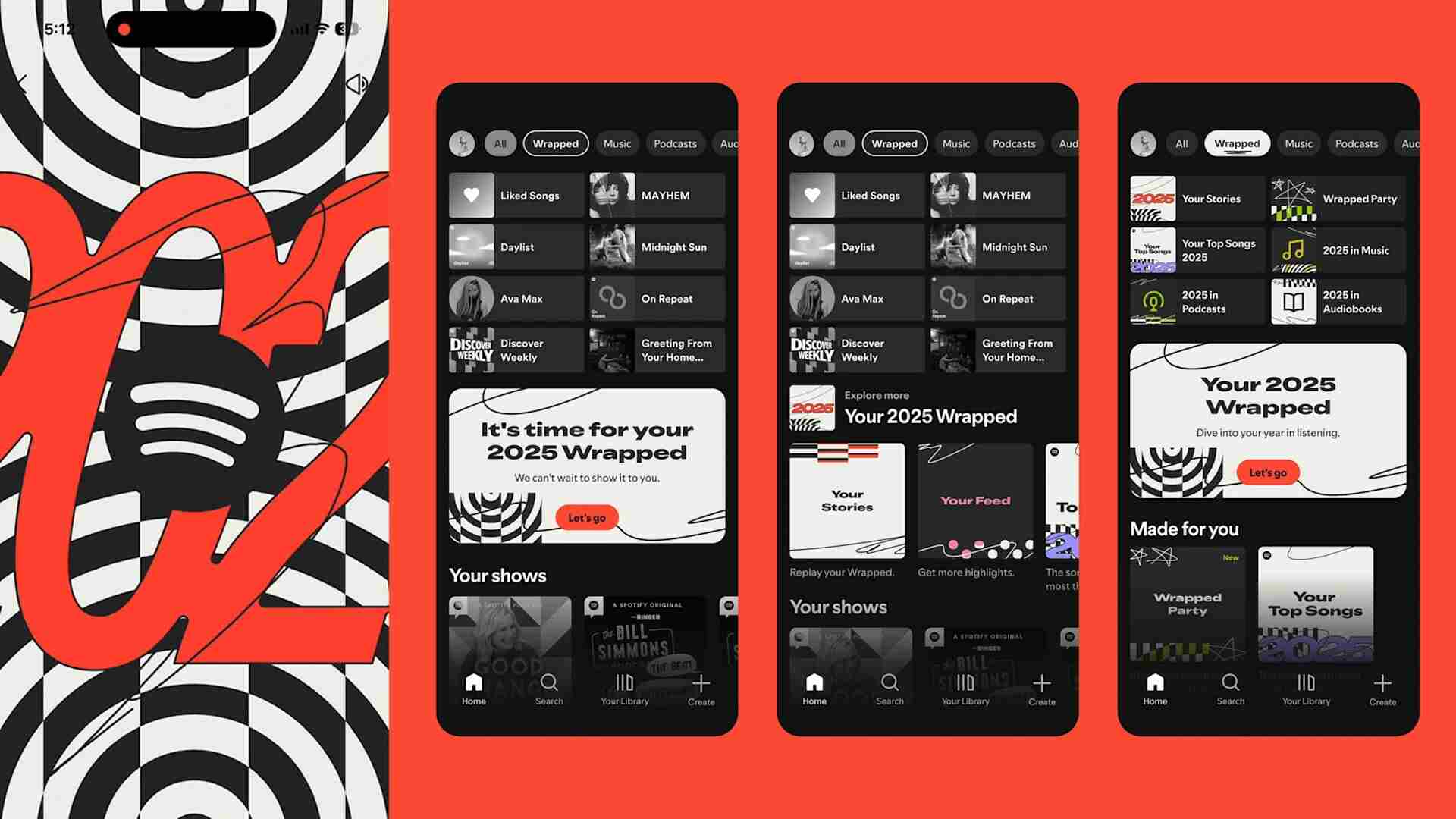- | 8:00 am
Bing’s AI chatbot now has several distinct personalities
Microsoft today announced it is letting test users customize which personality they want its search engine to have.

While some might argue that the introduction of OpenAI’s artificial intelligence chatbot, ChatGPT, into the Bing search engine has already given the tool multiple personalities, Microsoft is introducing three more.
In an effort to give users more control over Bing’s AI chatbot, the company has introduced a toggle that most users who have access to the technology should see as of Thursday, said Mikhail Parakhin, head of web services at Microsoft. That will give people the choice to either get chatbot responses in a succinct manner (dubbed “precise”) or a more “original and imaginative” one (called “creative”).
Users also will be able to opt for a “balanced” setting that bridges the two.
The update comes as Microsoft strives to let users interact how they want with the chatbot, but still control the so-called hallucinations that have resulted in some of the more disturbing AI-actions of the early tests, which include gaslighting, bullying, and—perhaps most creepy of all—flirtation.
Initially, Microsoft limited the number of approved topics the Bing chatbot could address and how long it would discuss a topic. For example, when asked technical questions about how it works or the rules that guide it, the chatbot would tell people, “I’m sorry but I prefer not to continue this conversation. I’m still learning, so I appreciate your understanding and patience.”
That didn’t sit well with users, who were sometimes confused about why it would refuse to answer certain queries.
The company gradually increased the conversation limits to accommodate those grumbles, and on Tuesday rolled out a new version of Bing Chat that it said would reduce instances of hallucination in answers and would cut back on the frequency of Bing’s refusal to answer a question for no apparent reason.
Microsoft is betting heavily on the chatbot integration into Bing, regularly expanding the test group of users, which already numbers over 1 million. (You can join the waitlist here.) Last week, it announced plans to bring the technology to its Bing smartphone app as well as the app for its Edge Web browser. Incorporating the AI technology into Skype is also on the company’s road map.
By implementing the new personalities, Microsoft will be able to get some insight into how people want to interact with an AI chatbot. Are they simply looking for facts, or is there real, sustained interest in having a conversation with the technology?
The relentless pace of the new Bing expansion is deliberate. Microsoft is a first mover in integrating this sort of AI chatbot into its products, certainly among the mass-market tech companies. It hopes that by doing so, it will gain market share in the search world, which Google has firmly controlled for decades.
Google has its own AI chatbot waiting in the wings, but its rollout doesn’t appear imminent. Called Bard, the AI had an inauspicious debut, delivering a factual error in a very public demo that caused the company’s stock to plunge nearly 9% at one point last month, erasing $100 billion in market value.
Google, whose stock has not yet recovered, has not announced any plans for Bard since that time.








































